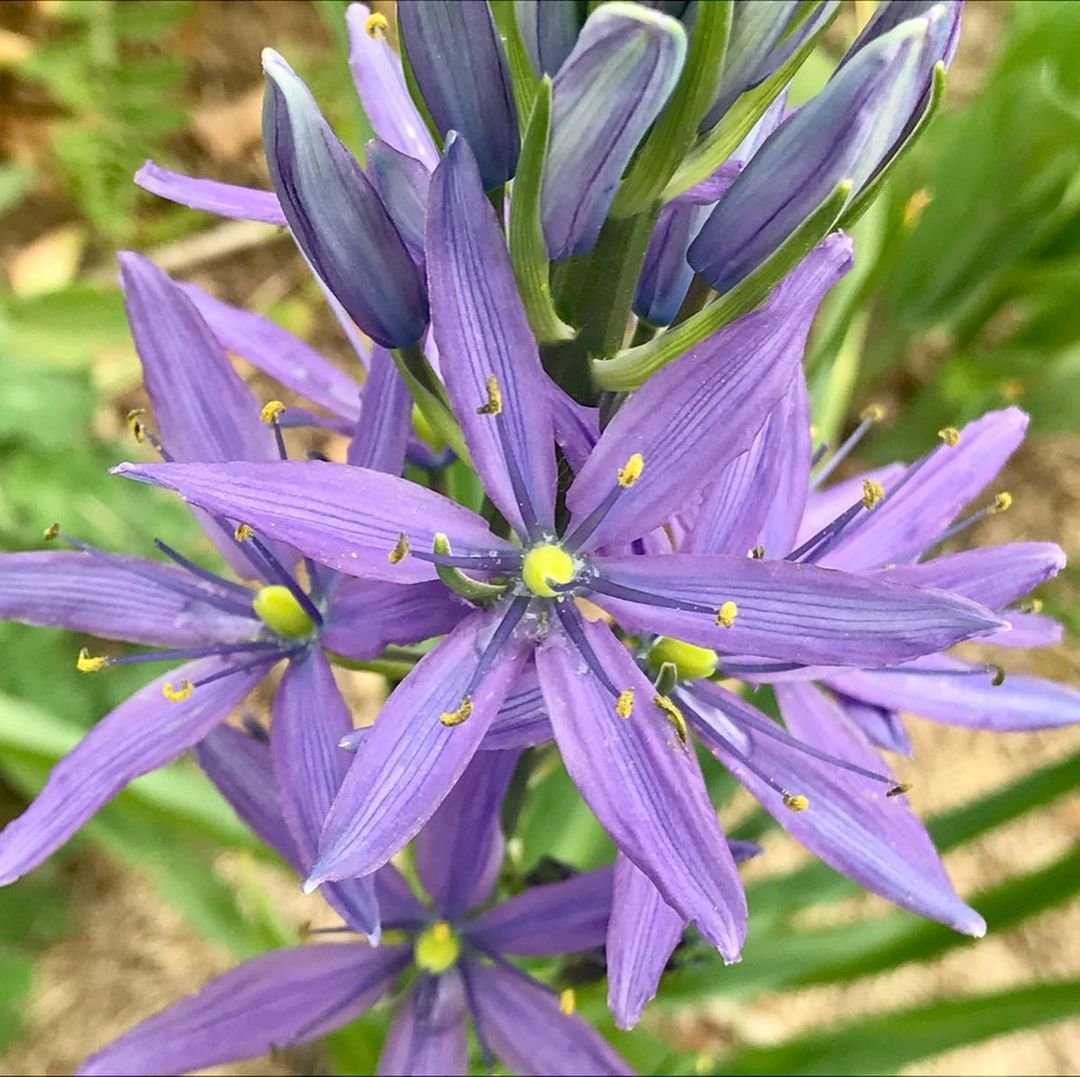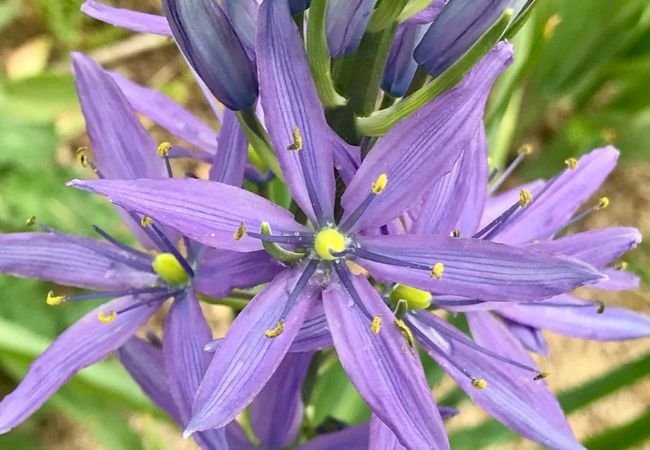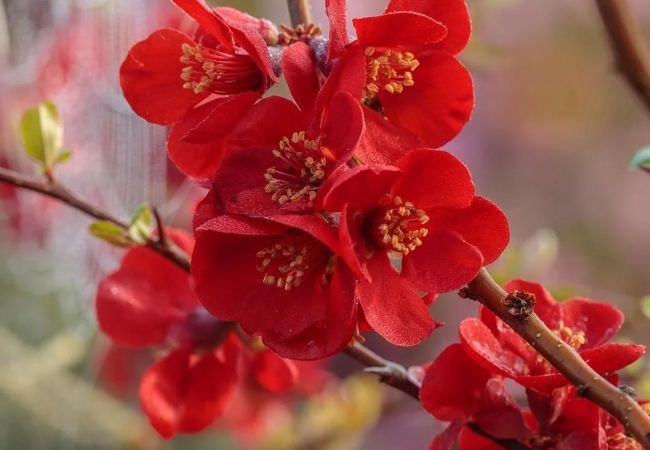Discover the beauty and care of Camassia flowers. Learn about their types, planting, and uses in gardens. Perfect for nature lovers and gardeners alike.
Hey there, flower fans! Ever stumbled across a field of stunning blue-purple blooms that look like they’re straight out of a fairy tale? Chances are, you’ve just met the Camassia flower. Let’s chat about these beauties!
Here’s the information chart for the Camassia flower:
| Aspect | Details |
|---|---|
| Botanical Name | Camassia quamash (for Common Camas), Camassia leichtlinii (for Great Camas) |
| Common Name | Camassia, Camas Lily |
| Plant Zone | Zones 3-9 (USDA) |
| Sun Exposure | Full sun to partial shade |
| Soil Type | Moist, well-draining soil |
| Watering | Moderate, prefers consistently moist soil, especially in spring |
| Growth Habit | Upright, bulbous perennial |
| Height/Spread | 12-36 inches tall, 6-12 inches wide |
| Special Features | Blue, purple, or white star-shaped flowers, attracts pollinators, blooms in late spring to early summer |
What’s the Deal with Camassia?

So, Camassia flowers – also known as wild hyacinth or quamash – are these cool native plants that pop up all over North America. They’re spring bloomers that grow from bulbs and rock these tall stalks with star-shaped flowers. Usually, they’re rocking shades of blue and purple, but sometimes you’ll catch a white one in the mix.
Camassia Types: The Lineup
We’ve got a few different Camassia characters in the garden world:
- The Common Camas: This is your typical Camassia – the one you’re most likely to bump into.
- The Large Camas: Think of it as the Common Camas’s big brother. Same vibe, just… well, larger.
- Cusick’s Camas: This one’s the rebel of the group with its pale blue flowers.
Growing These Bad Boys
Don’t sweat it – Camassia aren’t divas. Here’s the lowdown:
Where to Plant
- Find a spot with plenty of sun or a bit of shade. They’re not picky.
- Soil-wise, think moist but not swampy. Nobody likes wet feet, right?
- These guys are happy in meadows, chilling by ponds, or jazzing up your flower beds.
When to Get Planting
- Fall’s your go-time. Bury those bulbs about 4 inches deep.
- Give ’em some elbow room – 4-6 inches apart should do the trick.
Keeping ‘Em Happy
- Water ’em when things get dry. They’re not camels.
- After the flower show’s over, let the leaves do their thing and die back naturally.
- No need to dig ’em up each year. They’re low maintenance like that.
Camassia in Your Yard: The Possibilities
These flowers are pretty versatile. They can hang in all sorts of garden scenes:
- Going for that wild and free look? Perfect for a wildflower garden.
- Cottage garden vibes? Mix ’em in with your other spring bloomers.
- Got a pond? Plant some Camassia around the edges for that natural look.
- They even make great cut flowers if you’re into fancy vases and such.
Fun Camassia Facts to Impress Your Friends
Did you know:
- Native Americans were all over these plants, using the bulbs for food and medicine?
- The name “Camassia” comes from a Native American word, “quamash.” Cool, right?
- In the wild, you’ll often spot these guys hanging out in damp meadows.
When Things Go Wrong
Even easygoing plants like Camassia can have their off days:
- No blooms? Make sure they’re getting enough sun and aren’t buried too deep.
- Yellow leaves? Might be too much water. Let ’em dry out a bit.
- Slugs giving you grief? Try some slug traps or barriers.
For more tips on dealing with garden pests the natural way, check out the EPA’s page on integrated pest management. They’ve got some solid advice.
Wrapping It Up
Camassia flowers are like that chill friend who’s always welcome at the party. They’re easy to get along with, come back year after year, and always look good. Whether you’ve got a massive backyard or just a tiny balcony garden, these flowers can add a touch of wild beauty to your space.
Remember, gardening’s all about experimenting and learning as you go. Don’t stress if things aren’t picture-perfect right away. With a little TLC, you’ll have a gorgeous bunch of Camassia lighting up your spring in no time.
Want more tips on making your garden a haven for local critters? The National Wildlife Federation has some great ideas for wildlife-friendly gardens.
Now get out there and get your hands dirty! Happy gardening, folks!
For more gardening tips and plant care guides, visit usagardenhub.com.






